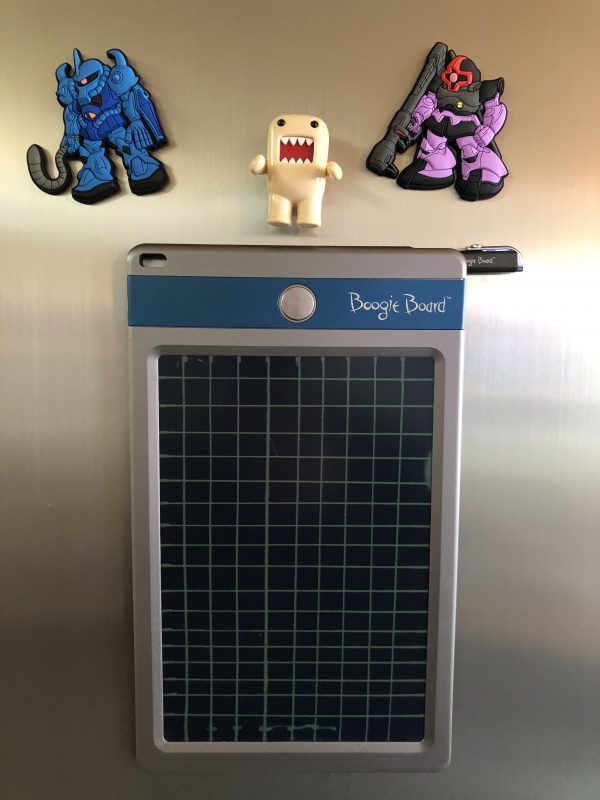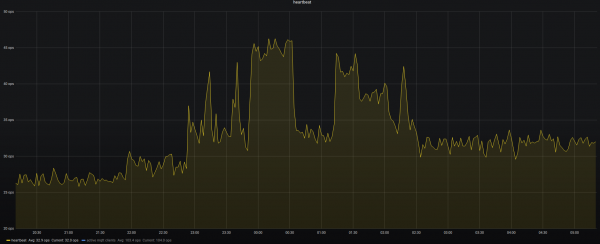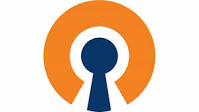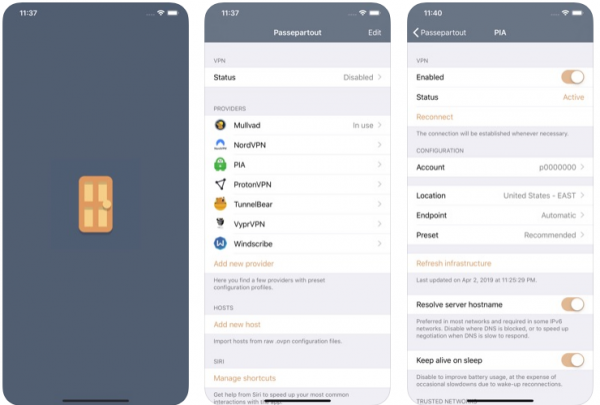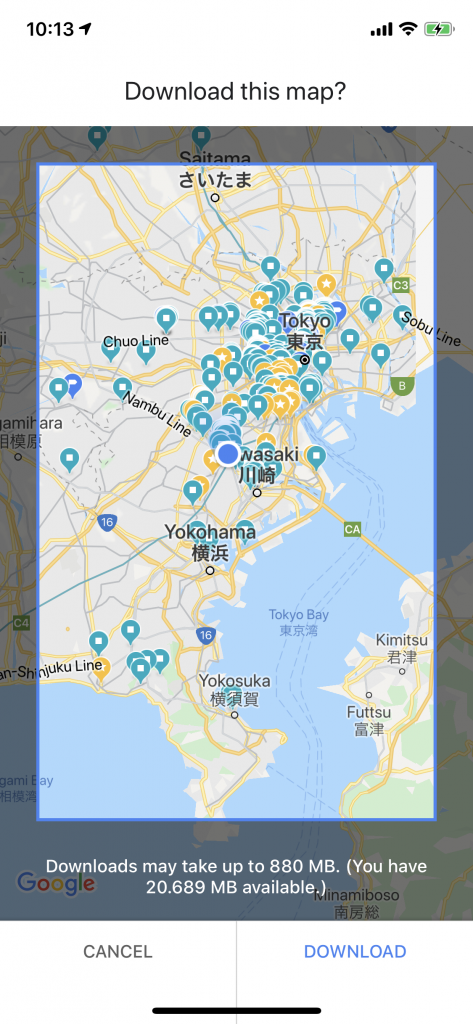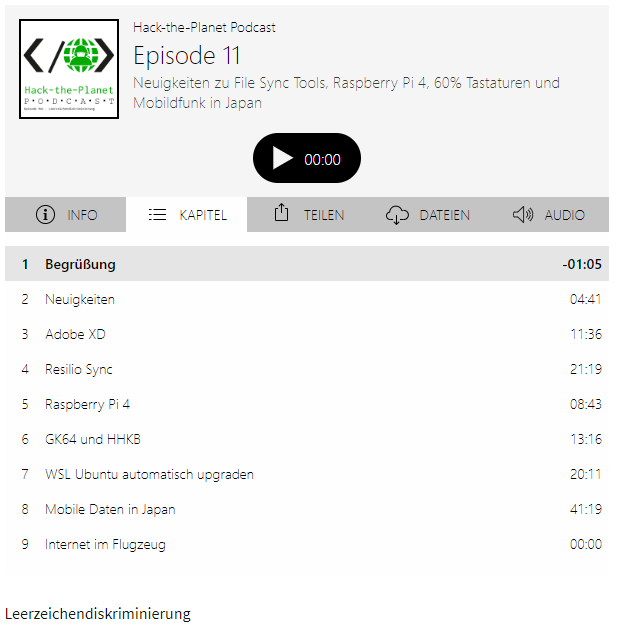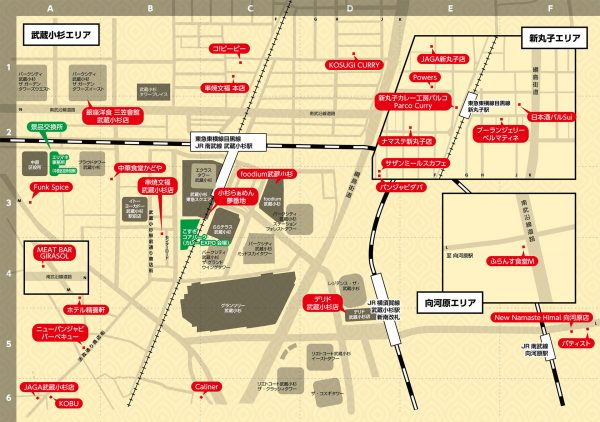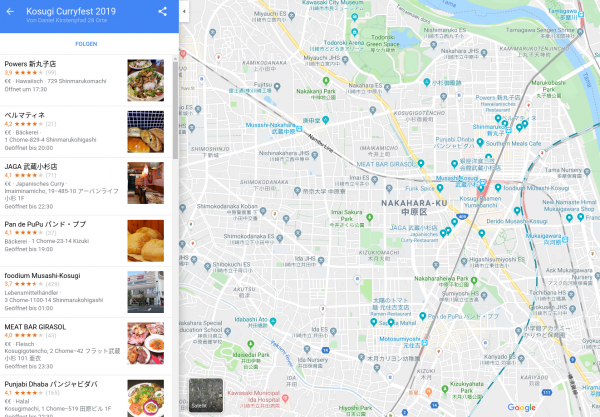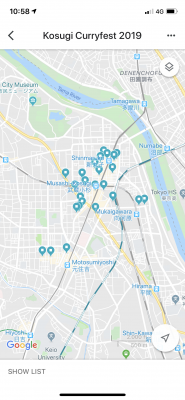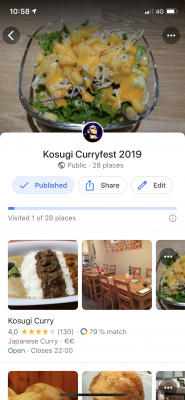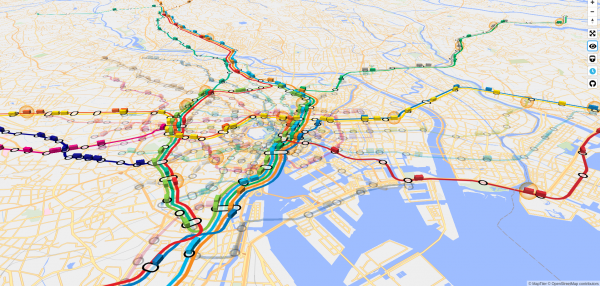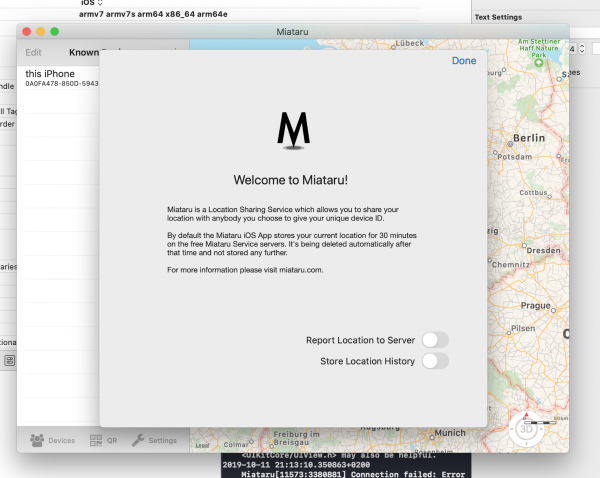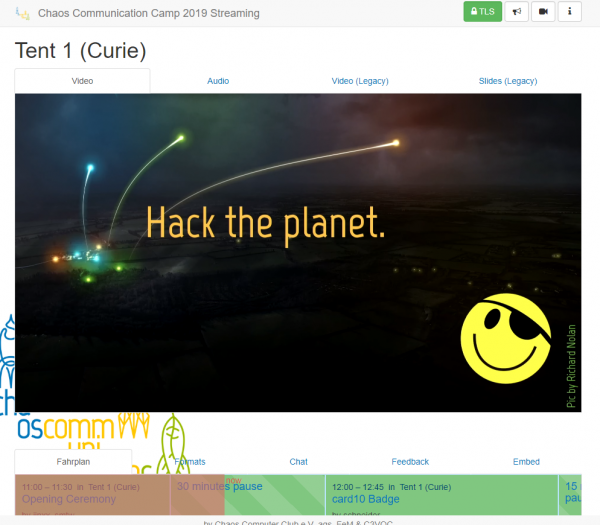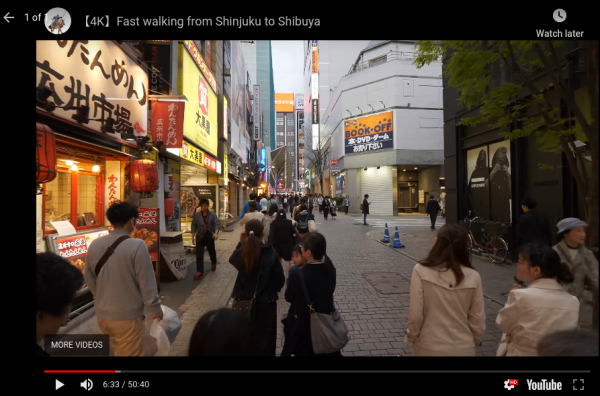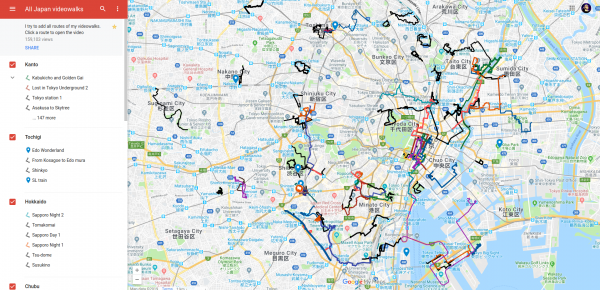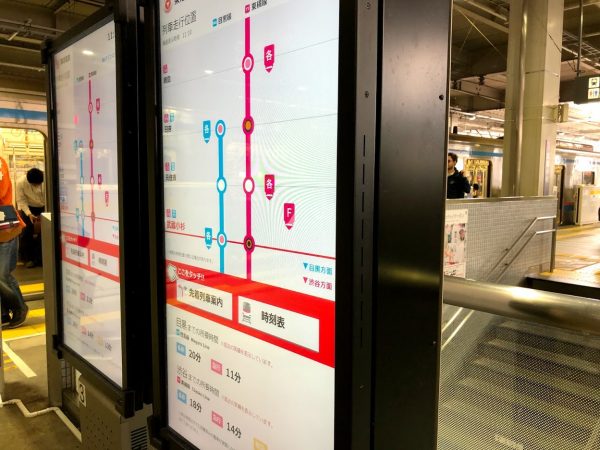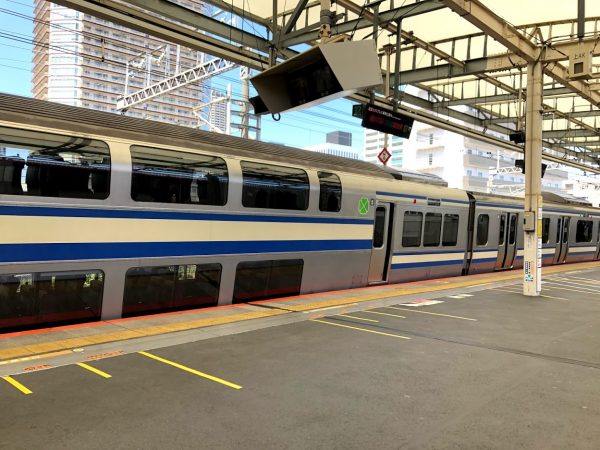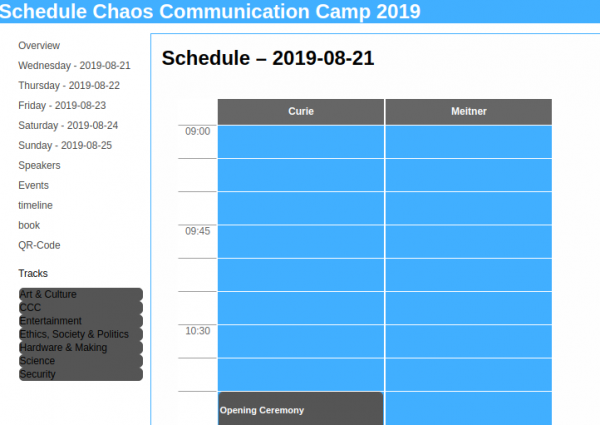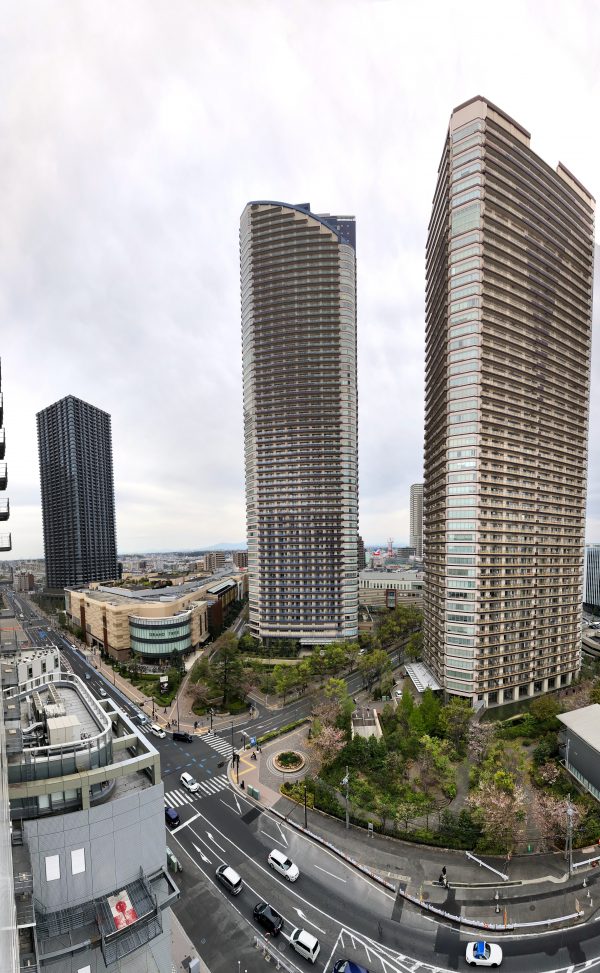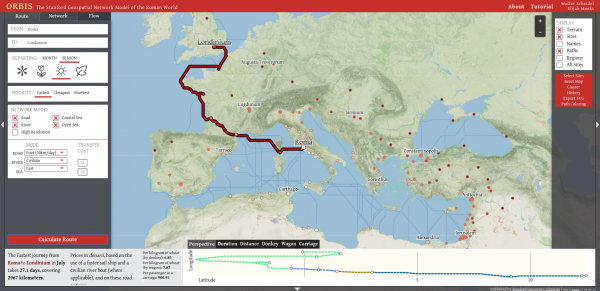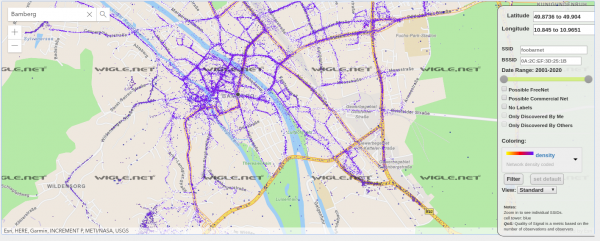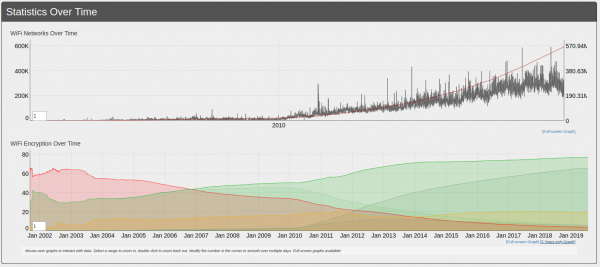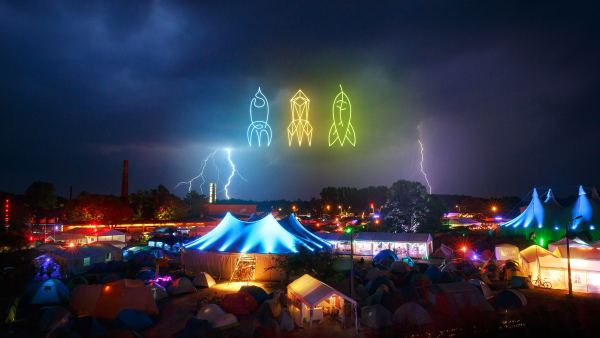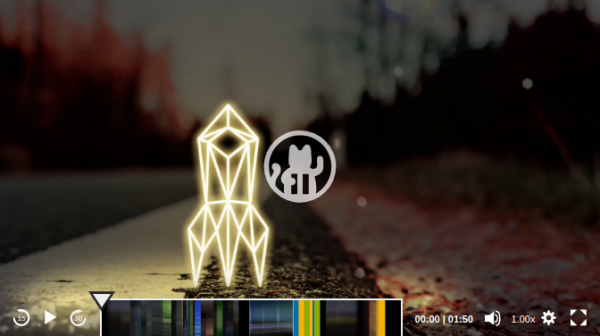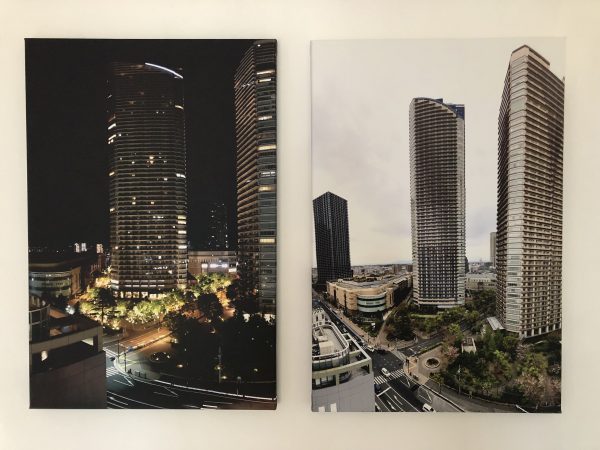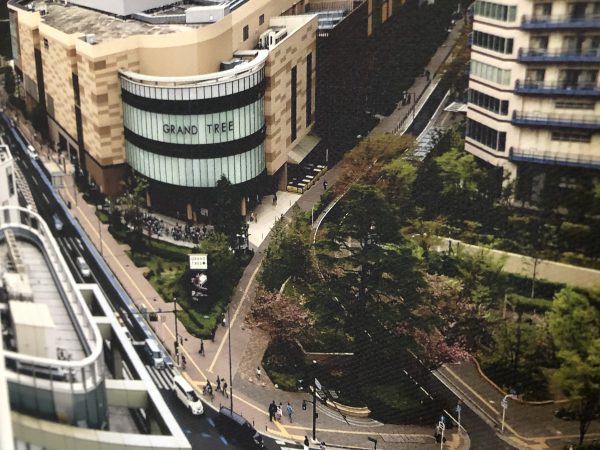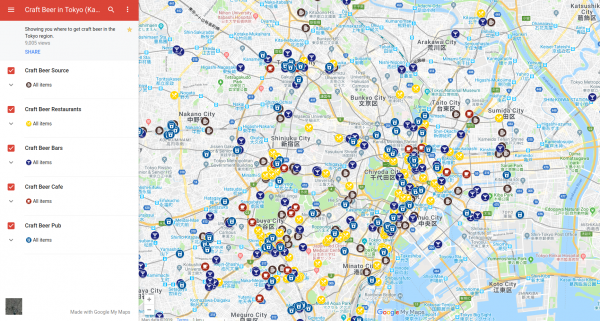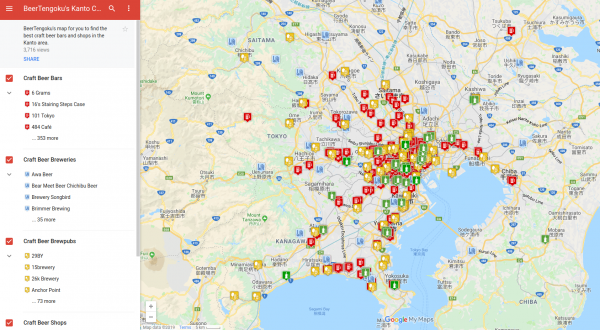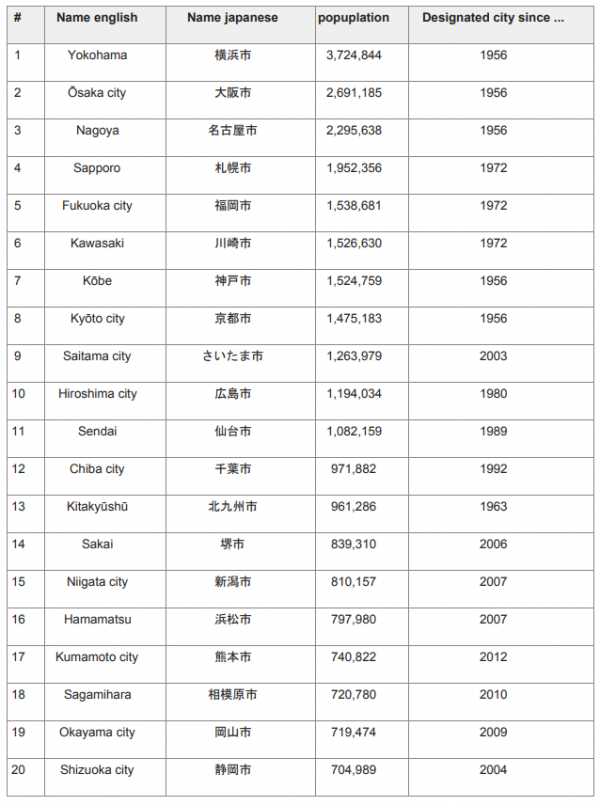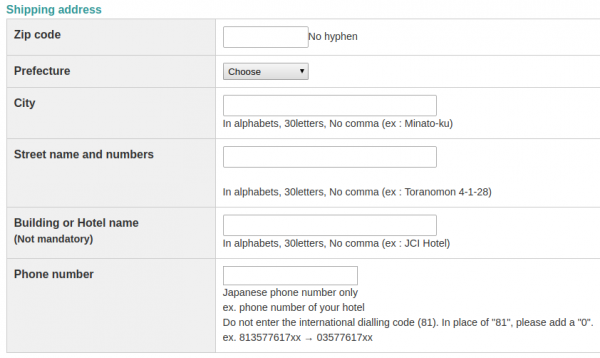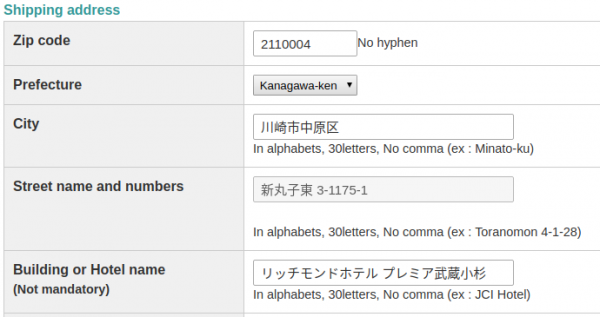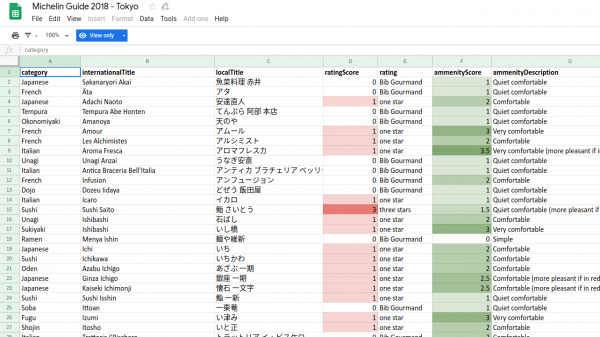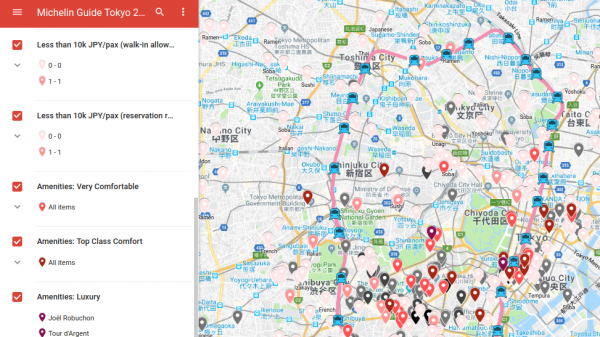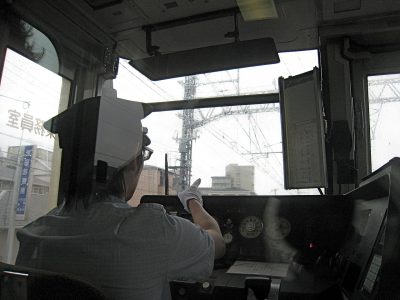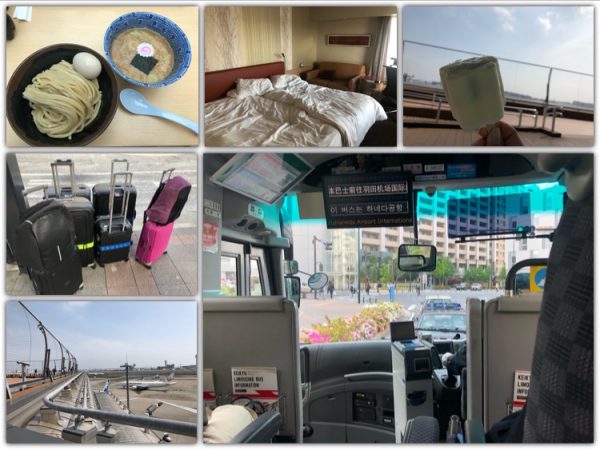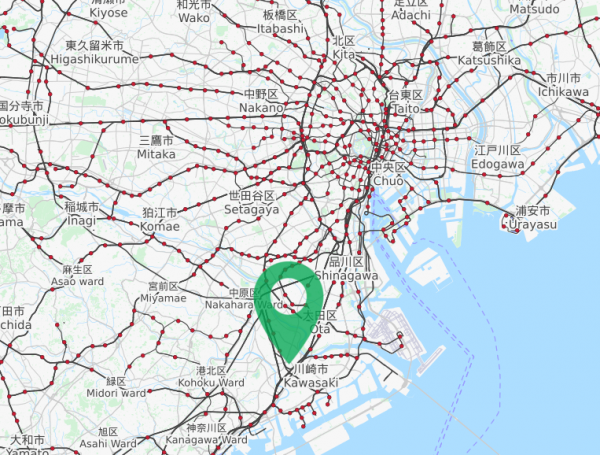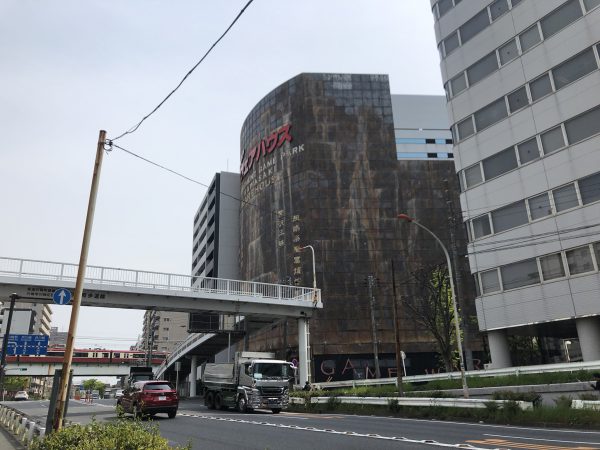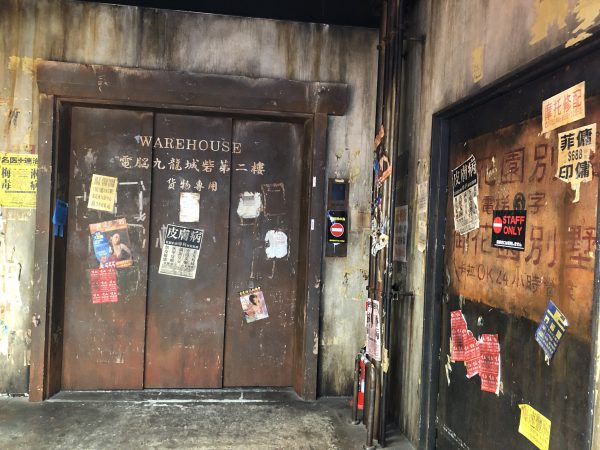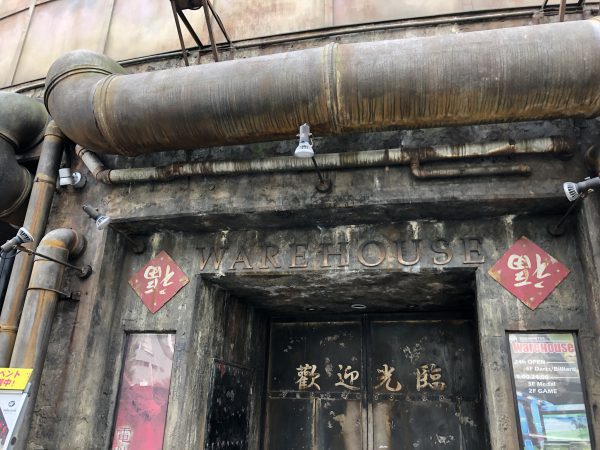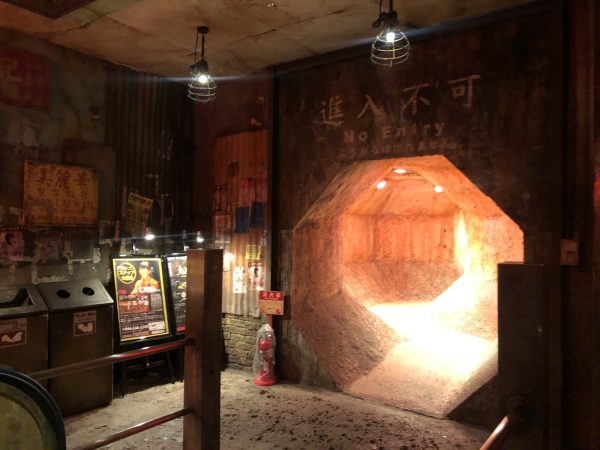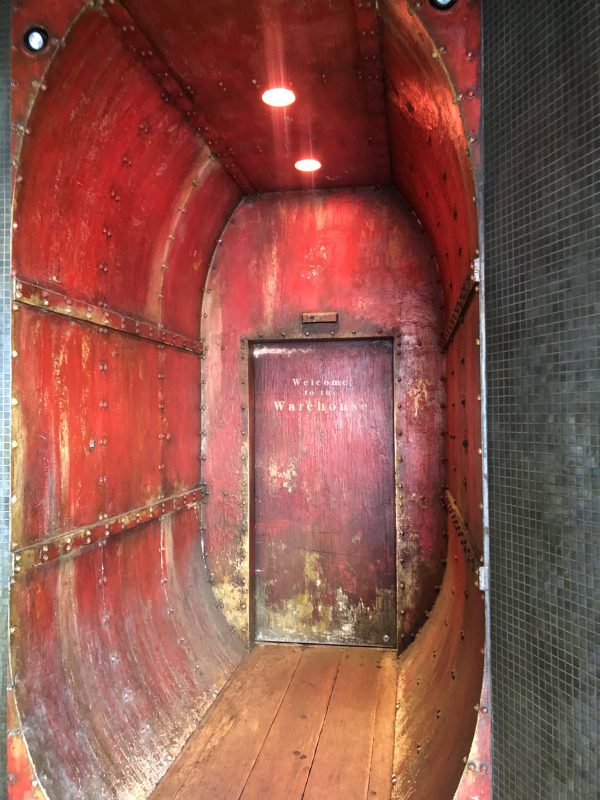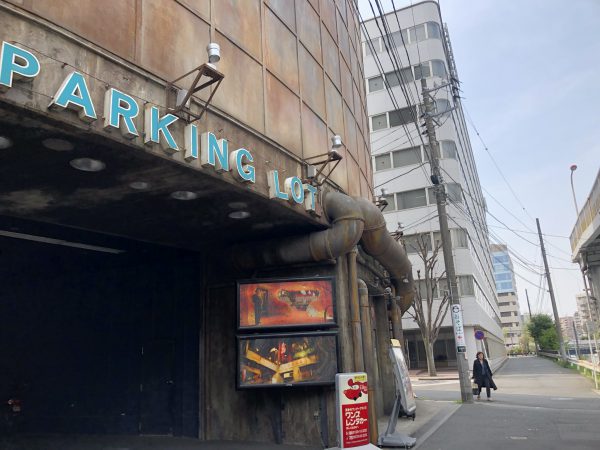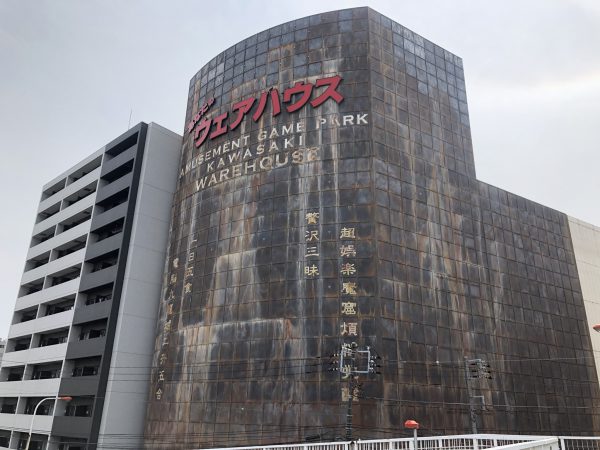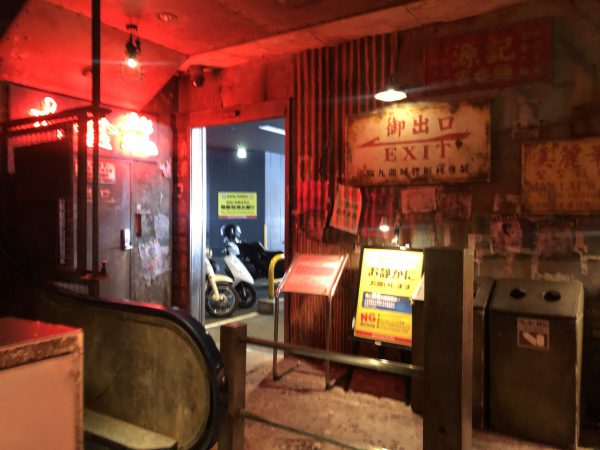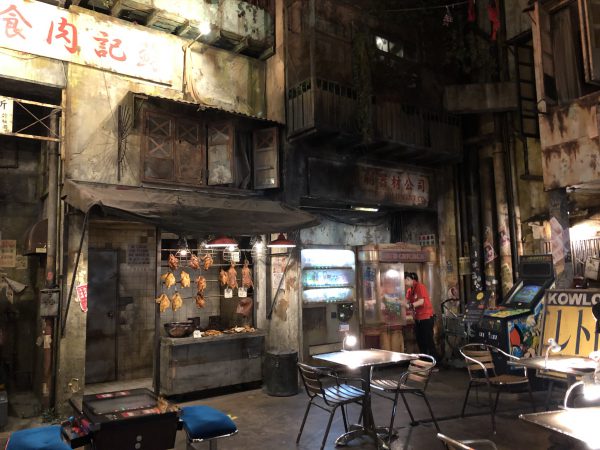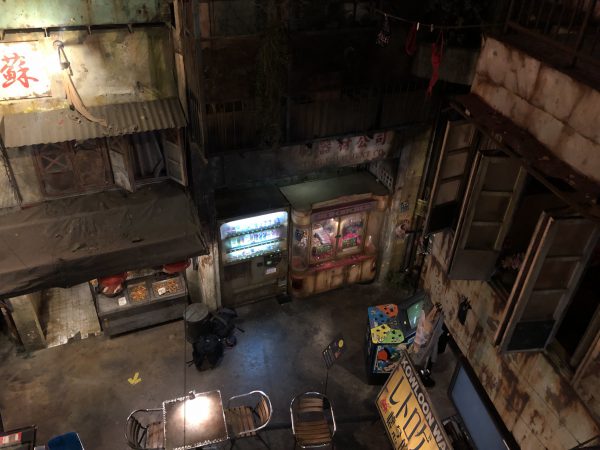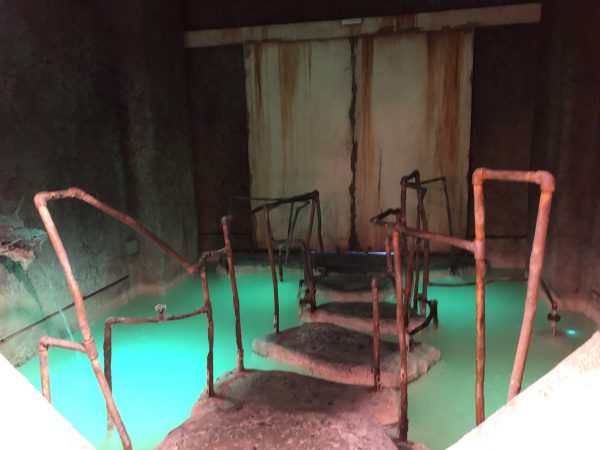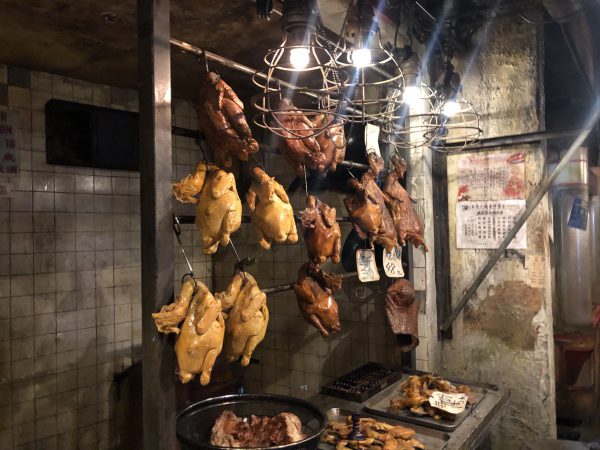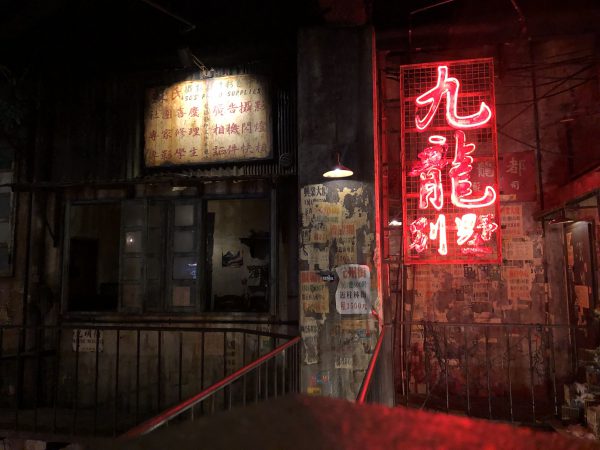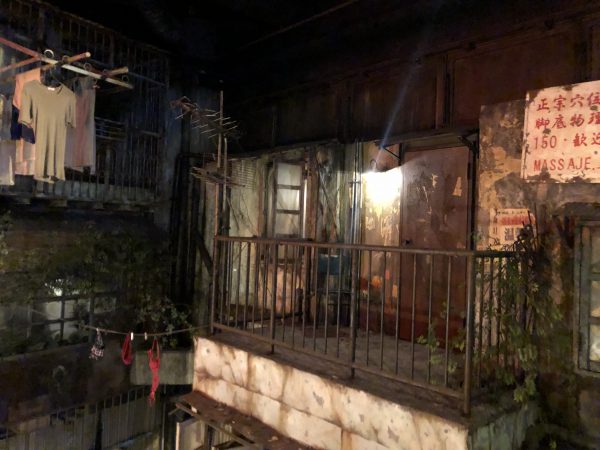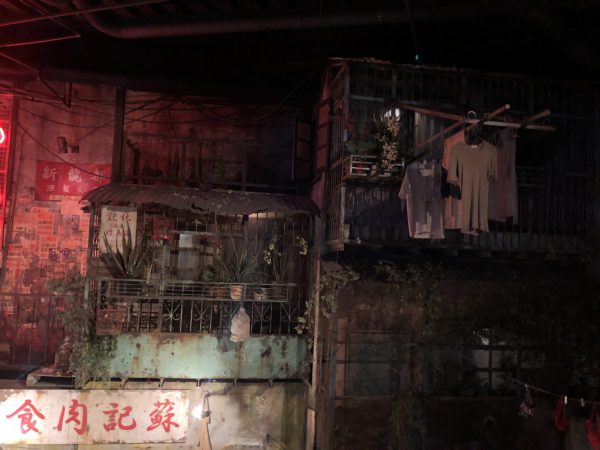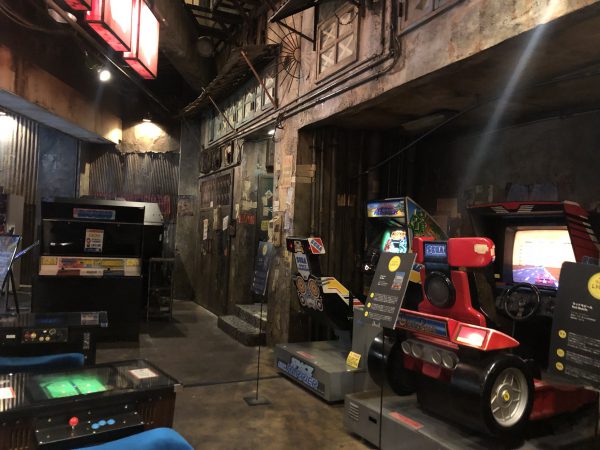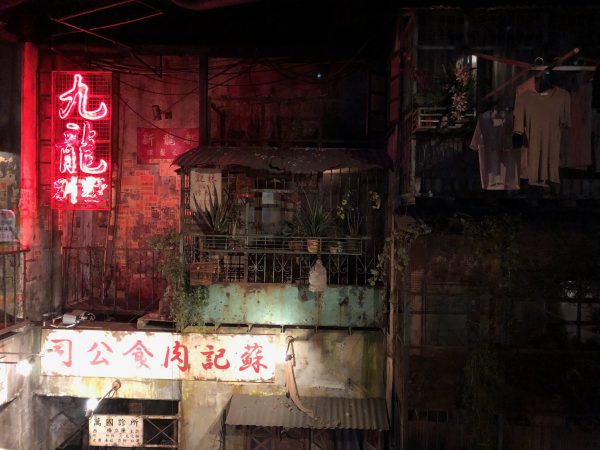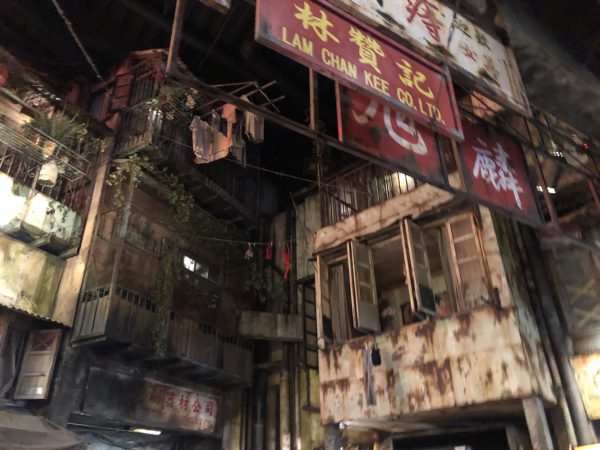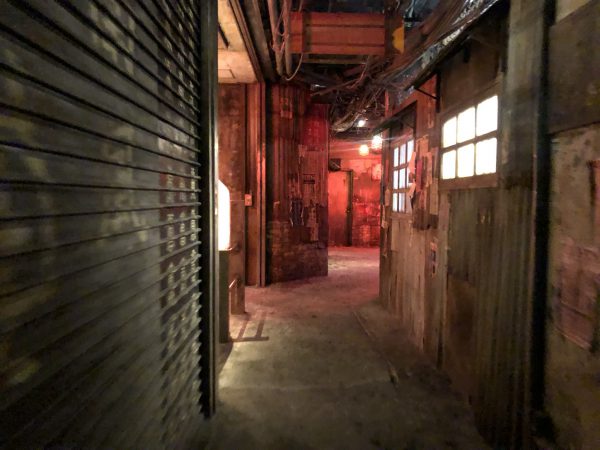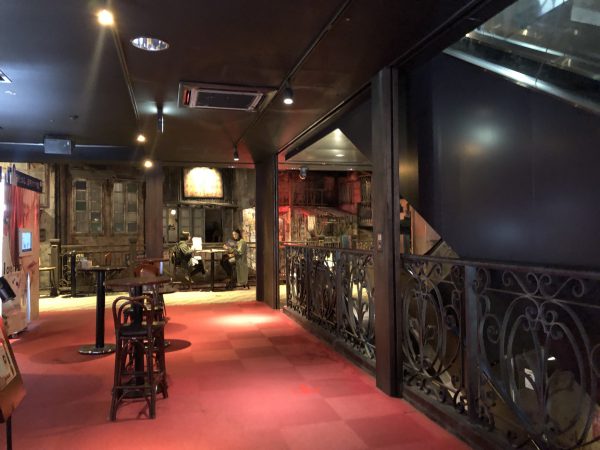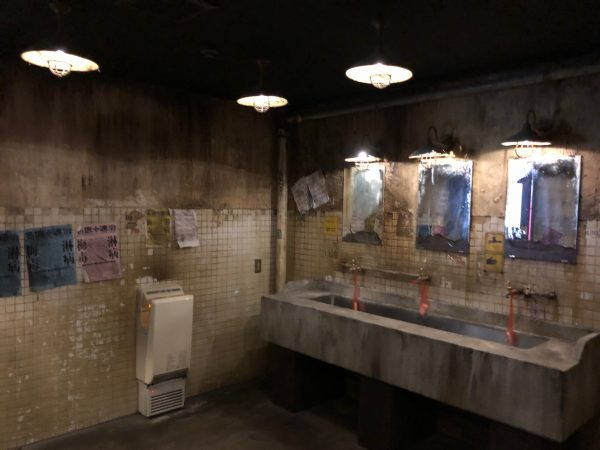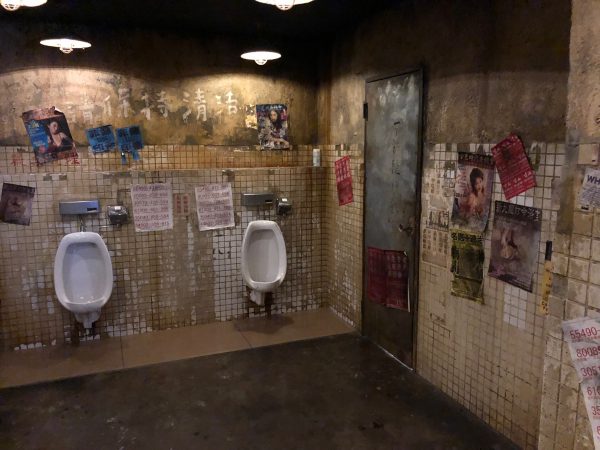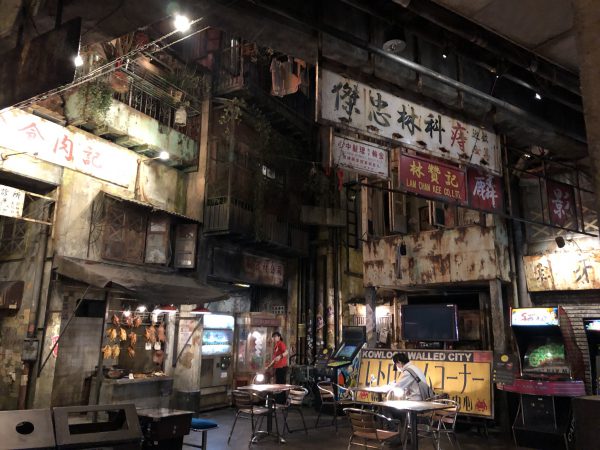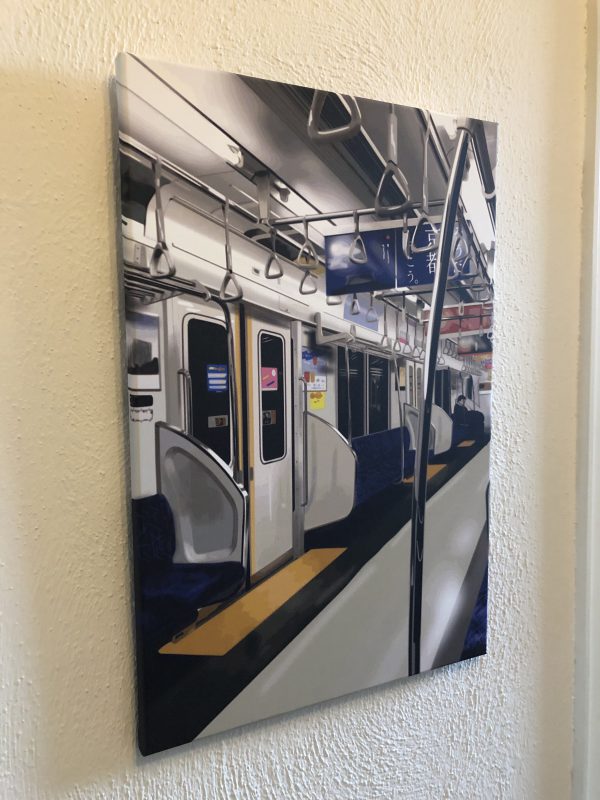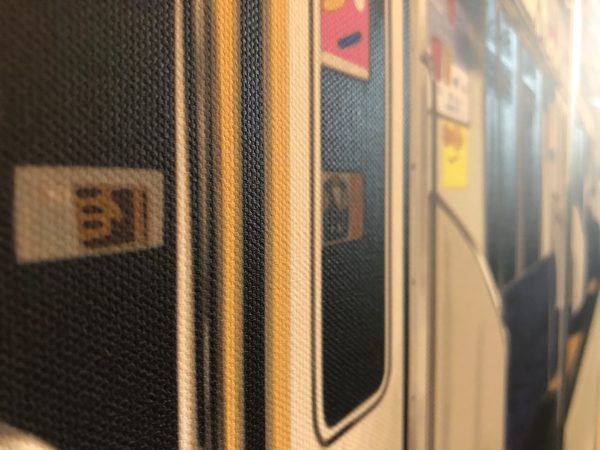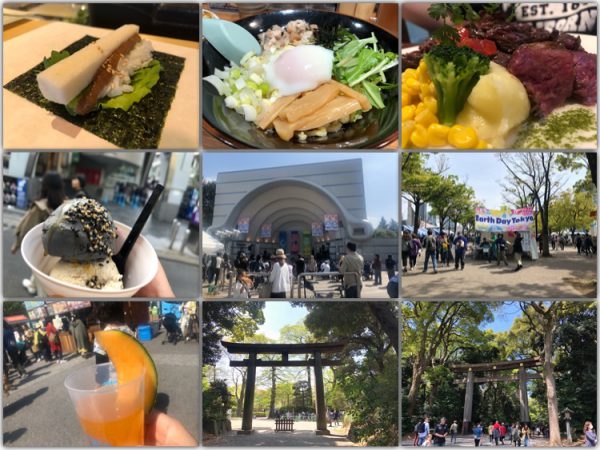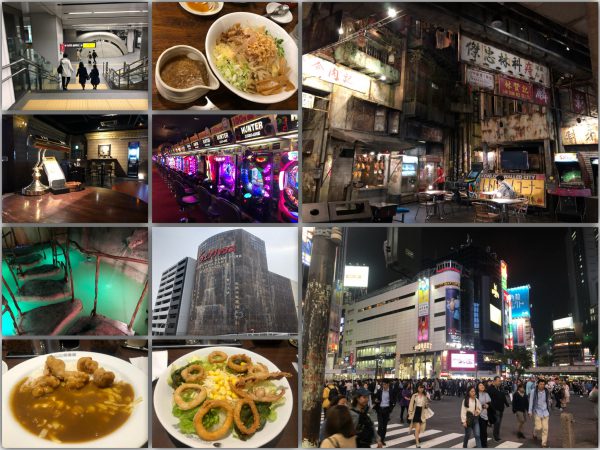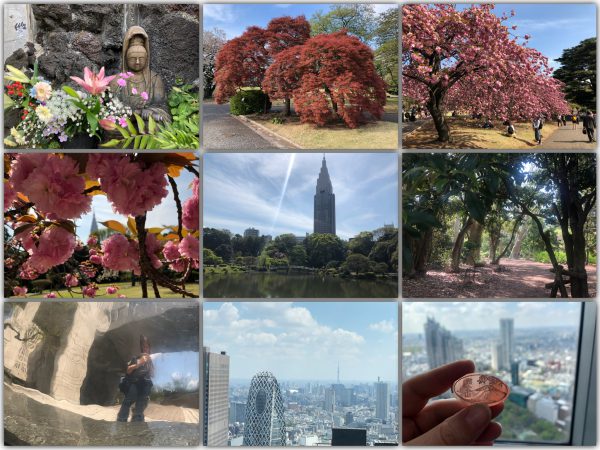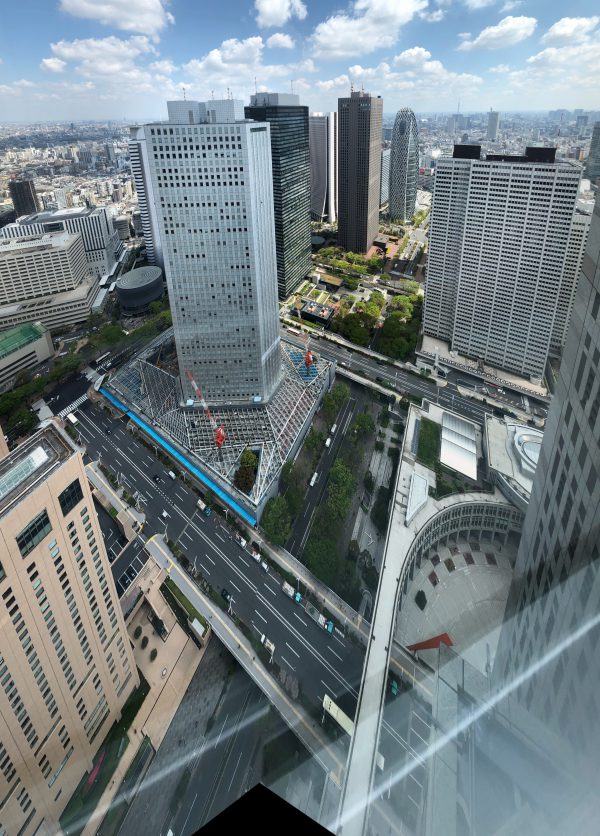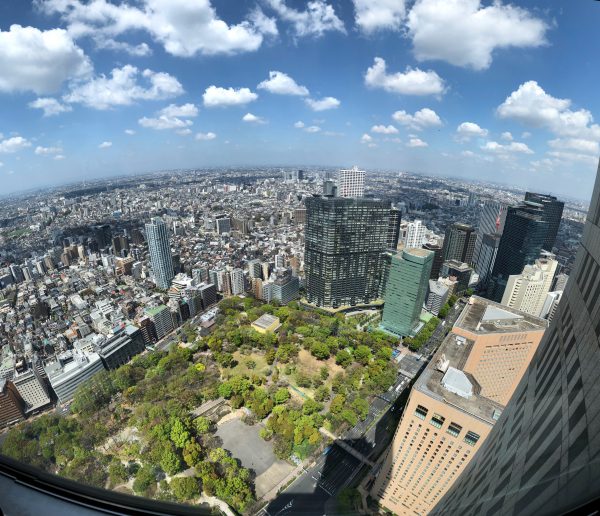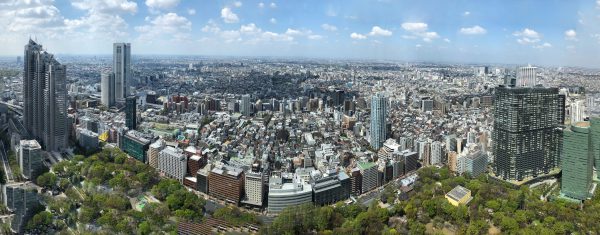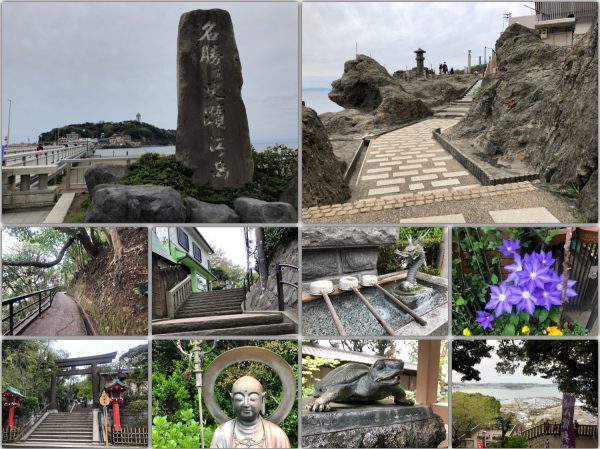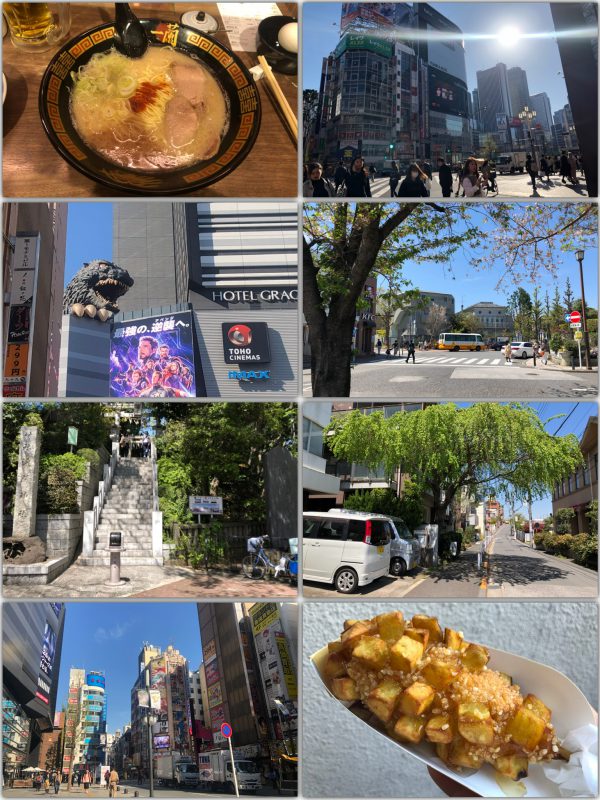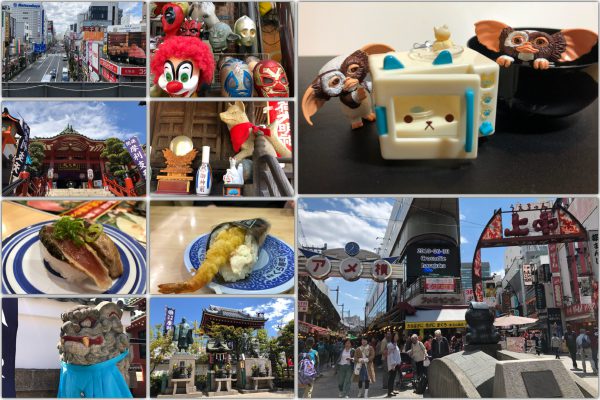Funny how the house reacts to our presence…
smart OpenVPN client for iOS
There is a free and well integrated OpenVPN client for iOS devices already. And as much as this one works quite well it’s also lacking some comfort features that are now made available through alternative iOS client implementations of OpenVPN.
OpenVPN is an open-source commercial software that implements virtual private network techniques to create secure point-to-point or site-to-site connections in routed or bridged configurations and remote access facilities. It uses a custom security protocol that utilizes SSL/TLS for key exchange.
https://en.wikipedia.org/wiki/OpenVPN
Meet Passepartout. The iOS OpenVPN client that comes with lots of comfort features. Of main interest for me is that Passepartout is aware of the connection you’re currently using and can adopt it’s VPN tunnel status accordingly.
Passepartout is a smart OpenVPN client perfectly integrated with the iOS platform. Passepartout is the only app you need for both well-known OpenVPN providers and your personal OpenVPN servers.
Google Maps now allows offline maps for Japan (!!!)
For years now Google Maps did not allow us to download Offline Maps for Japan. It is an extremely useful feature when you are out and about and you might not yet have full mobile coverage or your plan is not set-up yet.
A week ago this was not possible and I have just now noticed that you can now select the Japan area for a custom offline map in the Google Maps app on my iPhone and on my iPad.
This is great news! Do you use the offline map feature?
Hack-The-Planet Podcast: Episode 11
Musashikosugi Curry Fest
If you do not know japanese curry yet you are missing out big time.
Unfortunately due to typhoon 19 the Musashikosugi Curry Expo had been cancelled along the overall Kosugi Festival 2019.
But the curry stamp rally did start earlier than the typhoon hit the city and carries on still until end of october.
It works like this:
You go to each restaurant. You eat a meal. You get a stamp.
The more stamps you collect the higher valued the prices. More meal coupons even electronics!
But anyway. It’s all about japanese and indian curry. And for that
As you too might want to tick all 28 restaurants of your bucket list take this map I made of all 28:
As you can see – on the iPhone Google Maps app you even get a nice progress bar of those you already visited. I’ve been to parco curry already – so that counted.
Mini 3D Tokyo Metro Map
Somebody made a live tracking 3D map of a big portion of Tokyos public transportation system:
Of course also available in 2D.
ohai Miataru on macOS
Apparently it’s quite simple to turn an iPad app into an macOS app…
global QR code scavenger hunt
I like location based stuff. I like QR codes. There is something that combines both.
Meet Munzee:
Munzee is the next generation in global scavenger hunt games.
Track down QR Codes hidden in the real world and capture them for points. Whether you are a casual player, an avid explorer, or a hardcore competition enthusiast, Munzee helps you rediscover the world around you.
CCCamp is upon us!
The CCCamp 2019 has just started and you can join the live streaming anytime.
Walk through Tokyo
Let me introduce you to a wonderful concept. We are using these movies as backdrop when on the stepper or spinning, essentially when doing sports or as a screensaver that plays whenever nothing else is playing on the screens around the house.
What is it you ask?
The thing I am talking about is: Walking Videos! Especially from people who walk through Tokyo / Japan. And there are lots of them!
Think of it as a relaxing walk around a neighborhood you might not know. Take in the sounds and sights and enjoy. That’s the idea of it.
If you want the immediate experience, try this:
Of course there are a couple of different such YouTube channels waiting for your subscription. The most prominent ones I know are:
In addition to attract your interest there’s a map with recent such walks in Tokyo. So you can specifically pick a walk you want to see by a map!
Train Melody / 武蔵小杉駅
In hearing distance of the place I am usually staying when in Tokyo is a train station. So if the wind is right and the window is open I hear all these train station chimes and sounds.
If you don’t know what it is, let Wikipedia educate you:
A train melody is a succession of musically expressive tones played when a train is arriving at or about to depart from a train station. As part of train passenger operations, a train melody includes a parade of single notes organized to follow each other rhythmically to form a lilting, singular musical thought.
In Japan, departing train melodies are arranged to invoke a relief feeling in a train passenger after sitting down and moving with the departing train. In contrast, arriving train melodies are configured to cause alertness, such as to help travelers shake off sleepiness experienced by morning commuters.
発車メロディ
With this post I also want to have you hear what I mean. These sounds are having interesting pavlovian effects anyways.
CCCamp 2019 session schedule is available
グランツリー武蔵小杉 and Park City Forest Towers in daylight
train sounds in Japan
If you’ve ever been to Japan you must have noticed that everything and anything makes sounds and talks. Elevators, escalators, doors, train stations, gates, vending machines – you name it, it makes sounds and talks.
It’s so apparent but yet quite comforting that I enjoyed it. It became an additional channel of information without the need of point-and-call all the time. Highly effective for me.
Japan utilizes sounds to a degree that every detail seems to count. Take the station gates you rush through to get to your train platform. It’ll sound differently depending on how you pay, what status your ticket had and even how close your IC-cards balance is to being empty.
Or just the fact that the ticket gates make sounds at all to make you find them easily.
A good portion of this sounds you can find on places like YouTube or specialized websites. One of those specialized websites is hatsumelo.com:
For some routes and stations you find here:
- Station melody – departing and arrival melodies that are played on the occasion
- In-car chime – chimes played before and after information broadcasts mainly in the Shinkansen and limited express trains.
- Door opening and closing – doors make sounds too!
The Fastest journey from Roma to Londinium..
…in July takes 27.1 days, covering 2967 kilometers. At least if you would have taken the challenge in times of the Roman Empire.
ORBIS: The Stanford Geospatial Network Model of the Roman World reconstructs the time cost and financial expense associated with a wide range of different types of travel in antiquity. The model is based on a simplified version of the giant network of cities, roads, rivers and sea lanes that framed movement across the Roman Empire. It broadly reflects conditions around 200 CE but also covers a few sites and roads created in late antiquity.
ORBIS: The Stanford Geospatial Network Model of the Roman World
By simulating movement along the principal routes of the Roman road network, the main navigable rivers, and hundreds of sea routes in the Mediterranean, Black Sea and coastal Atlantic, this interactive model reconstructs the duration and financial cost of travel in antiquity.
Wireless Network Mapping – data source and data sink
When you work with wireless networks and you do programming and mobile app development that works with things like user location you might find this useful.
Take thousands of users and you’ve got the worlds wifi networks mapped…
WiGGLE (Wireless Geographic Logging Engine) is a project which takes wireless network data + location and puts it into a big database. On top of storage it’s giving you access to that data.
We consolidate location and information of wireless networks world-wide to a central database, and have user-friendly desktop and web applications that can map, query and update the database via the web.
https://wigle.net/faq
So what’s my use-case? Apart from the obvious I will make use of this by finding out more about those fellow travelers around me. Many people probably to the same as me: Travel with a small wifi / 4g access point. Whenever this accesspoints shows up in scans the path will be traceable.
I am curious to see which access point around me is in the million-mile club yet…
CCCamp 2019 – 21. – 25. August 2019
The Chaos Communication Camp is an international, five-day open-air event for hackers and associated life-forms. It provides a relaxed atmosphere for free exchange of technical, social, and political ideas. The Camp has everything you need: power, internet, food and fun. Bring your tent and participate!
CCCamp 2019 Wiki
It has been 2005 that I had the time and chance to attend an international open-air meeting of normal people. Of course I am talking about the 2005 What-the-hack I wrote about back then.
This year it’s time again for the Chaos Communication Camp in Germany. Sadly still I won’t be attending. Clearly that needs to change with one of the next iterations. With the CCC events becoming highly valuable also for families maybe it’s a chance in the future to meet up with old and valued friends (wink-wink Andreas Heil).
The Chaos Communication Camp (also known as CCCamp) is an international meeting of hackers that takes place every four years, organized by the Chaos Computer Club (CCC). So far all CCCamps have been held near Berlin, Germany.
The camp is an event for providing information about technical and societal issues, such as privacy, freedom of information and data security. Hosted speeches are held in big tents and conducted in English as well as German. Each participant may pitch a tent and connect to a fast internet connection and power.
Enjoy the intro-movie that has just been made available to us, alongside the whole design material:
IP-over-DNS
Picture yourself in this situation. You connect to a network and nothing works. Except for this:
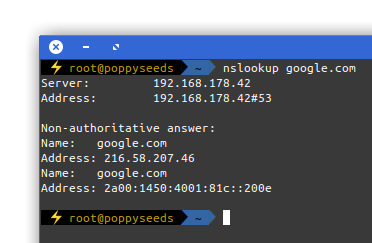
It is quite common to have DNS working in networks while everything else is not. Sometimes the network requires a log-in to give you access to a small portion of the internet.
Now, with the help of a tool called iodine, you can get access to the full internet with only DNS working in your current network:
iodine lets you tunnel IPv4 data through a DNS server. This can be usable in different situations where internet access is firewalled, but DNS queries are allowed.
It runs on Linux, Mac OS X, FreeBSD, NetBSD, OpenBSD and Windows and needs a TUN/TAP device. The bandwidth is asymmetrical with limited upstream and up to 1 Mbit/s downstream.
iodine
Setting it up is a bit of work but given that you are anyway having access to a well connected server on the free portion of the internet it can be easily done.
Of course the source is on github.
グランツリー武蔵小杉 and Park City Forest Towers on canvas
I’ve blogged about those pictures taken day- and night-time before. I’ve also blogged about how they where produced.
With a picture spot freed at one of the walls in our house we decided to print the day and night pictures on canvas and have them side-by-side. And it looks great, I think.
Craft Beer in Tokyo (Kanto)
There are lists of things all over the internet. I’ve linked to some of these food related lists and maps already on this blog.
And of course there’s this list of craft beer breweries missing:
A microbrewery or craft brewery is a brewery that produces small amounts of beer, typically much smaller than large-scale corporate breweries, and is independently owned. Such breweries are generally characterized by their emphasis on quality, flavor and brewing technique.
Wikipedia
when 川崎市 got the 区
Addresses in Japan are fascinating. There’s a system to it, with lots of exceptions and special cases. And just recently there was an announcement about the city I am technically considering home-base when in Japan: Kawasaki (川崎).
As you see in the title of this post there’s a kanji character missing:
川崎 means “Kawasaki” – just the name itself, like used on signs and such.
川崎市 means “Kawasaki-shi” – the name got extended by -shi which in itself will signal that the name before is a city.
And then there is this other kanji in the title: 区. It is spoken as “ku” and basically means “ward”. It’s a bigger city broken down into separate wards.
Not all cities in Japan are required to differentiate into wards – just the ones considered big enough. Kawasaki was considered big enough by 1972 to name out it’s wards.
And so its the Nakahara-ward (中原区) I am usually staying to be more specific on the Kawasaki-home-base-statement at the beginning of this post.
And the designated cities are somehow ranked according to their population. The news here is that apparently given the 2019 population numbers Kawasaki has improved it’s position among all big designated cities by one rank:
Some more details then to the japanese addressing system:
Japanese addresses begin with the largest division of the country, the prefecture. Most of these are called ken (県), but there are also three other special prefecture designations: to (都) for Tokyo, dō (道) for Hokkaidō and fu (府) for the two urban prefectures of Osaka and Kyoto.
Following the prefecture is the municipality. For a large municipality this is the city (shi, 市). Cities with a large enough population, called designated cities, can be further broken down into wards (ku, 区). (In the prefecture of Tokyo, the designation special ward or tokubetsu-ku, 特別区, is also used for municipalities within the former city of Tokyo.) For smaller municipalities, the address includes the district (gun, 郡) followed by the town (chō or machi, 町) or village(mura or son, 村). In Japan, a city is separate from districts, which contain towns and villages.
Japanese addressing system
So let’s make an example, since it’s always great fun for me to figure out the address again when I try to order the SIM card to the hotel address. A good example would be a randomly selected and nice hotel in Nakahara-ku:

The typical english-language online order form / address entry form for shipping SIM cards to hotels gives you this interface:
Ha! Now that’s a challenge, right? At first glance its not obvious but if you take a look at the structure of the address it opens up:
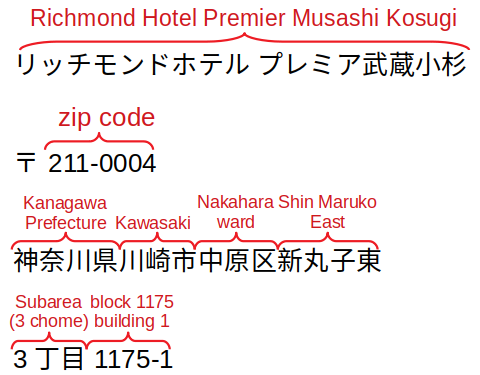
And so, this will reach it’s destination:
Michelin Guide Restaurants in Tokyo
You are likely aware of the existence of the “Michelin Guide“.
Michelin Guides are a series of guide books published by the French tyre company Michelin for more than a century. The term normally refers to the annually published Michelin Red Guide, the oldest European hotel and restaurant reference guide, which awards up to three Michelin stars for excellence to a select few establishments.
Wikipedia
You might also be aware that Tokyo is the city with the highest density of Michelin star rated restaurants. Nice, eh?
A purchase of this guide is recommended in any case but these days people also need something they can intuitively use and which integrates into already existing workflows.
These people, like myself, need a map and maybe more details in a machine readable, filterable spreadsheet.
And as time goes on it might be quite useful to have all the sources that lead to these great tables and maps. Sources that allow you to crawl and grab these information.
A script that crawls Tokyo-based michelin guide establishments and saves it into a JSON file. I personally did this project so I can plan my tokyo trip based on the cheapest and most-renowned restaurants,
Michelin Guide Crawler on GitHub
Pointing and Calling (指差喚呼)
When you are travelling Japan you will observe very interesting things while using public transport. In a train or a bus the driver is likely to talk and seemingly magically point with his finger and wave his hand.
You will very likely observe a behavior that might not make sense at first but is fascinating to see. And all is to ensure the safety of the vehicle and all it’s passengers.
It might look like this:
Pointing and calling is a method in occupational safety for avoiding mistakes by pointing at important indicators and calling out the status. It is common in Japan and railways of China. It is sometimes referred to by its Japanese terms, shisa kanko (指差喚呼), shisa kakunin kanko (指差確認喚呼) or yubisashi koshō (指差呼称).
Making large gestures and speaking out the status helps keeping focus and attention. The method was first used by train drivers and is now commonly used in Japanese industry.
It is recommended by the Japan Industrial Safety and Health Association (JISHA, 中央労働災害防止協会)
.
Wikipedia
Pointing and calling requires co-action and co-reaction among the operator’s brain, eyes, hands, mouth, and ears.
Japan family trip April 2019 (part 15)
“Kowloon Walled City” themed arcade in Kawasaki (あなたのウエアハウス)
While we were visiting Japan we usually stay quite close to Kawasaki. And with some hints we found that a replication of “Kowloon Walled City” had been put up as a video game arcade there.
Kowloon Walled City was a largely ungoverned, densely populated settlement in Kowloon City, Hong Kong. Originally a Chinese military fort, the Walled City became an enclave after the New Territories was leased to Britain by China in 1898. Its population increased dramatically following the Japanese occupation of Hong Kong during World War II. By 1990, the walled city contained 50,000 residents within its 2.6-hectare (6.4-acre) borders.
Wikipedia: Kowloon Walled City
A partial recreation of the Kowloon Walled City exists in the Anata No Warehouse, an amusement arcade that opened in 2009 in the Japanese suburb of Kawasaki, Kanagawa. The designer’s desire to accurately replicate the atmosphere of the Walled City is reflected in the arcade’s narrow corridors, electrical wires, pipes, postboxes, sign boards, neon lights, frayed posters, and various other small touches that
Wikipedia: Anata No Warehouse
I did not know a lot about the Kowloon Walled City before we found this arcade. And it’s – as you can imagine – a very colorful reproduction of the ambiance that you – according to documentations and reports from the time – would have experienced. Especially in the entrance area, the theming of the rooms and some game cabinets as well as for example the rest-rooms.
Of course there is a full blown quite nice but – as it is good custom – extremely noisy arcade in there as well. We’ve easily ‘lost’ 3 hours in there. Be aware that smoking is allowed in these places in Japan.
The first floor contained the UFO catcher machines and a good portion of vintage and modern arcade cabinets. I’ve had a go and Gradius and greatly enjoyed it. There’s a battery of Mech-Pods as well as racing and rythm games.
The second floor had lots of pachinko and other medal and slot machines. Even more noise than any arcade cabinets could do.
The third floor finally contains Dart and Snooker / Billard tables.
All in all it was one of the nicer arcades. Much nicer than others because there was a lot more room. It did not feel half als claustrophobic as an arcade usually feels in Japan.
Hyper-realistic train on canvas
I mentioned this hyper realistic painting of a japanese train previously. And now this painting has been printed on canvas and is on our wall:
start
